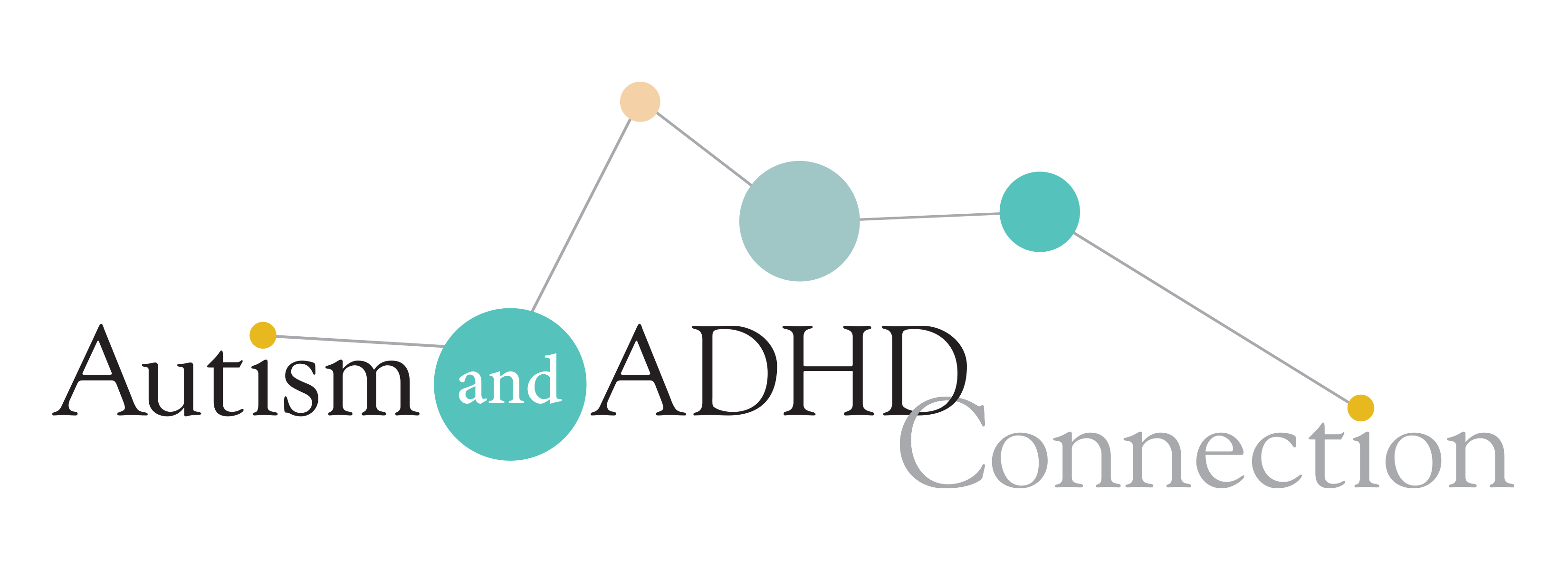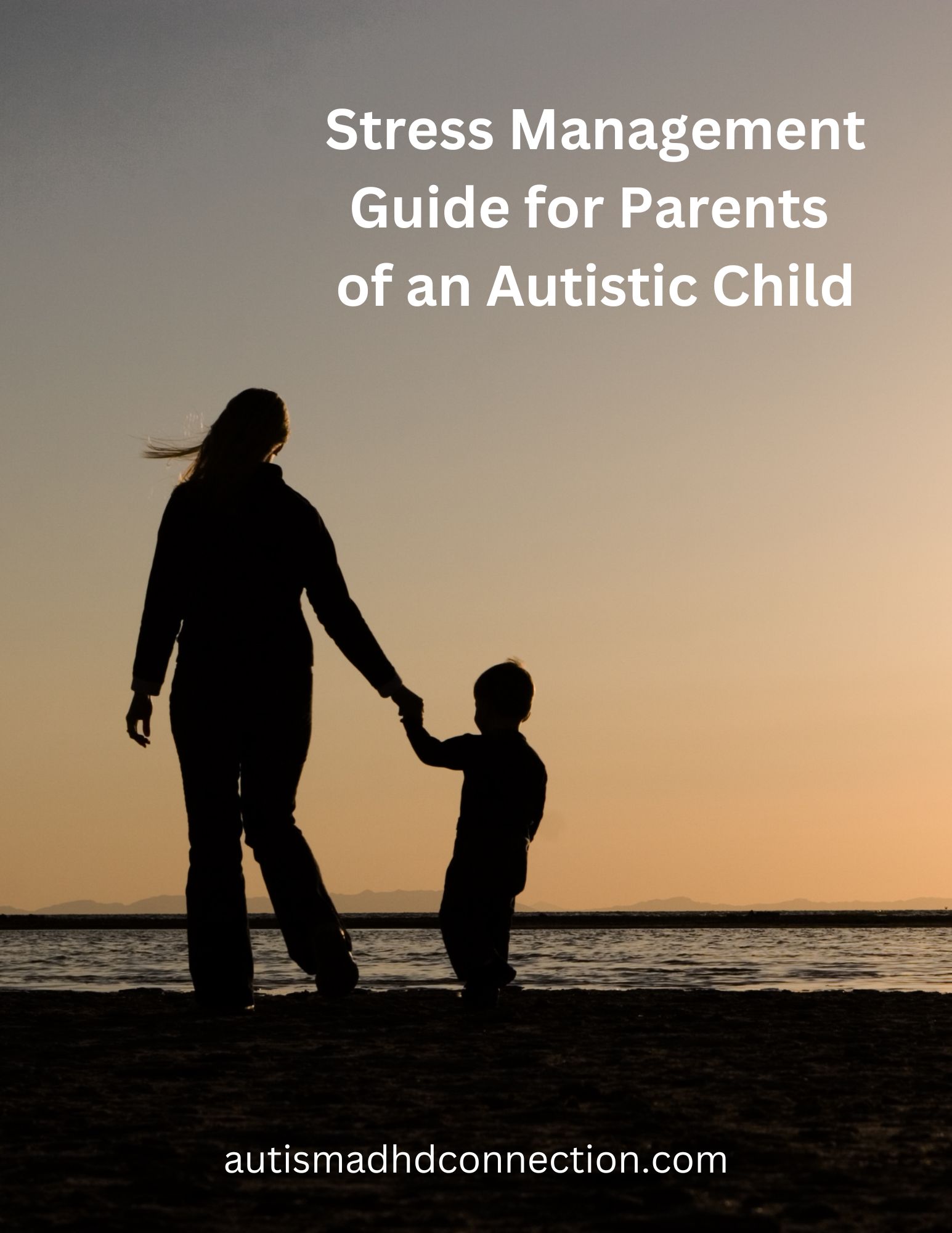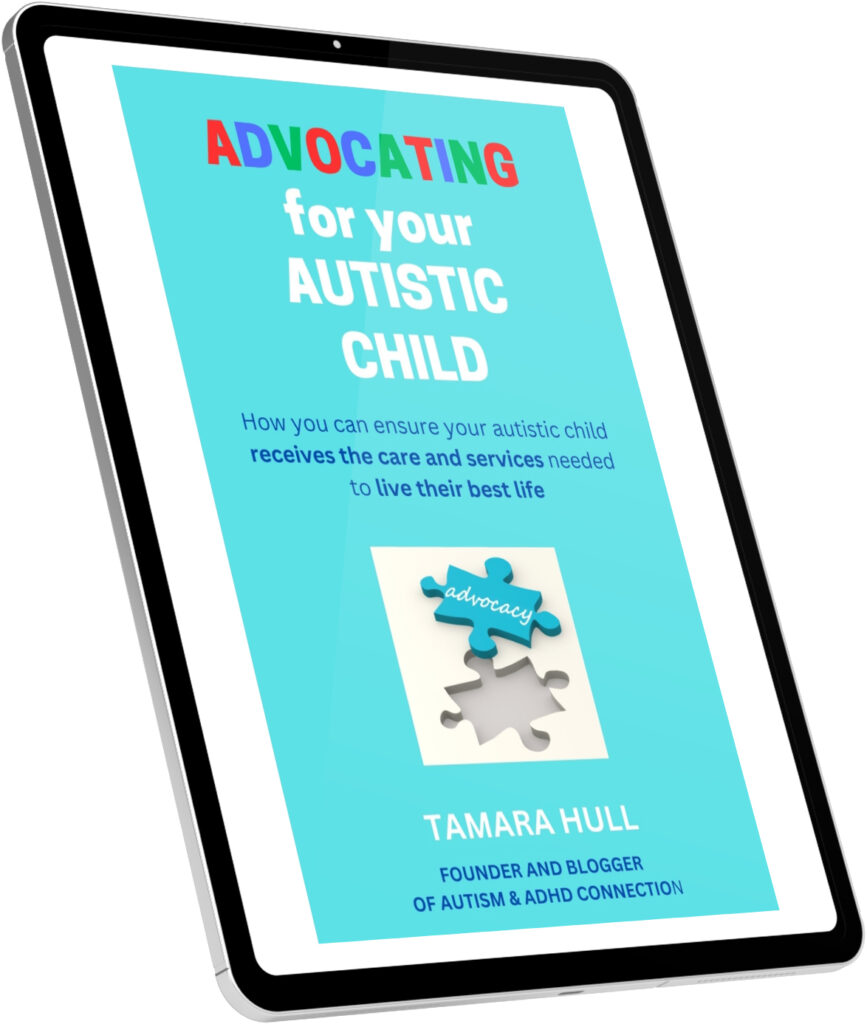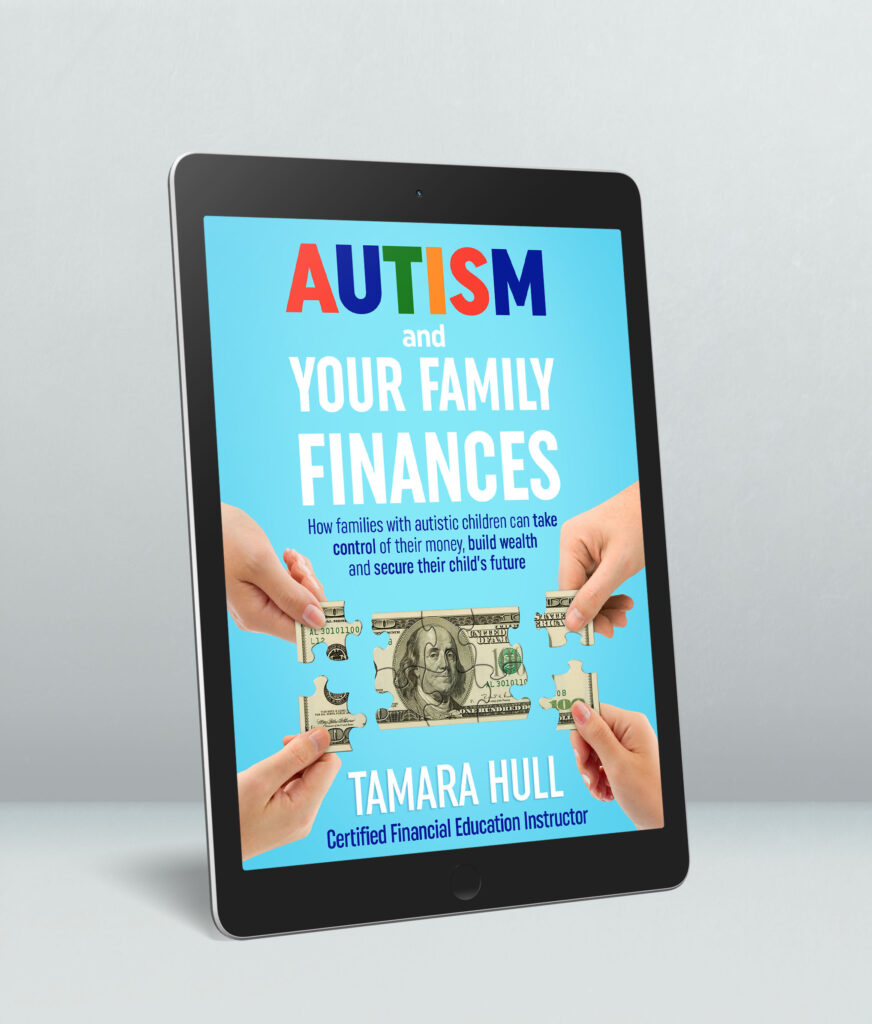Many people on the autism spectrum experience a variety of sensory issues. Sometimes, they can self-soothe themselves through actions and the use of certain items such as noise-reducing headphones, sunglasses and swings. Sensory tools and everyday items can really help those with autism too.
Why do children with autism need sensory tools?
We know that we have five senses: sight, hearing, touch, taste and smell. Many children with autism and ADHD have sensory issues related to these senses. However, there are more “senses” linked to body awareness and balance that also can be impacted. These include:
- Vestibular – The inner ear structure that notes the position of your head and helps keep you balanced.
- Proprioception – The internal sense of your body that helps you maintain your posture and control how your body moves through space.
- Interoception – The sense of what is happening to your body and how you feel. For example, do you feel hot or cold? Can you feel your emotions?
If your child is clumsy, tends to fall and/or seems off balance, it may be due to sensory issues related to vestibular, proprioception or interoception.
Some people on the spectrum are hypersensitive and others are hypo sensitive to these senses. In other words, some are overstimulated (hypersensitive), and others are under stimulated (hypo sensitive).
The most common sensory issues with children who have autism and ADHD include:
- Bright light and light wavelengths
- Loud noises
- Tastes (e.g., textures of foods, intense spice, etc.)
- Strong smells (e.g., perfumes, air fresheners, body lotions, etc.)
- Too light of touch
- Need for deep touch (e.g., is under stimulated, so they need weighted blankets, deep massage, etc.)
Autistic children and adults many times need sensory tools to better regulate their senses.
What are sensory tools and how do they help?

Sensory toys and tools help your child self-regulate their senses because they are specially made for that purpose. For those especially who need more sensory input, these specialized toys and some everyday items can provide the input they need to better regulate their sensory systems.
Our son J used a variety of sensory tools when he was younger and still finds fidget toys helpful at times. We used to have the visual Time Timer (see link below) for years, and it was one of the most helpful items we had. He was always distracted about how much time he had left homework, etc., but we would set the visual timer near him. It eased his anxiety and helped him better focus on what he had to get done. Another of the most helpful sensory tools for him was the trampoline in our backyard. He needed the sensory input of jumping for his vestibular and proprioception senses.
Sensory Toys
For some sensory toys that may help your child, check out these suggestions.
Scientoy Fidget Toy Set – 35 pieces (affiliate link)
Autism Toys Kids All-Around Sensory Stim Alternative Autistic Children Bundle (affiliate link)
Fidget Dodecagon –12-Side Fidget Cube (affiliate link)
Super Z Outlet Liquid Motion Bubbler for Sensory Play (affiliate link)
Pop It Fidget Toys Pop Its Fidgets – 4 pack (affiliate link)
SCIONE Metal Fidget Spinner Toys 7 Pack (affiliate link)
Sensory Everyday Items
Sensory input also can come from everyday items that you use at home. Take a look at some of these suggestions.
YnM Weighted Blanket (comes in a variety of colors and weights; affiliate link)
Milliard Crash Pad, Sensory Pad with Foam Blocks (affiliate link)
TUXEPOC Chew Necklaces for Sensory Kids, Pendant Chewable Jewelry Set for Boys and Girls (4 Pack) (affiliate link)
TIME TIMER 8 inch Visual Timer (affiliate link) (I used this for my son J for years, and it was so helpful for him and us.)
Your child’s occupational or behavior therapist may also have some more specific recommendations. What helpful sensory tools have you used successfully for your child with autism? Leave a comment below.








